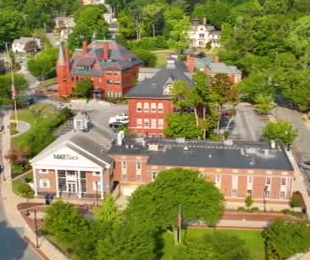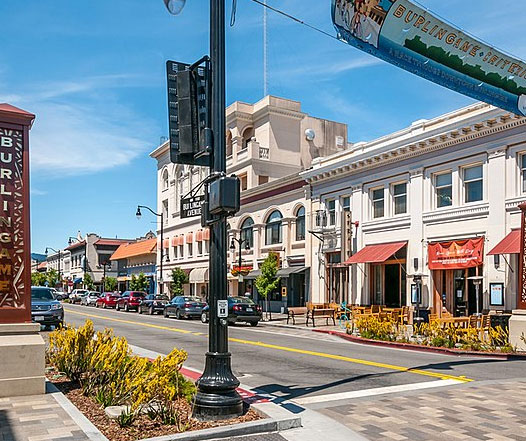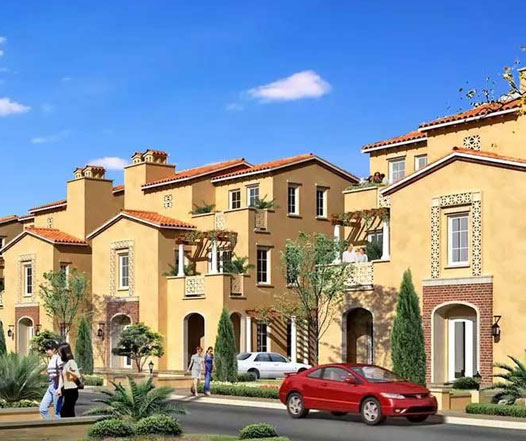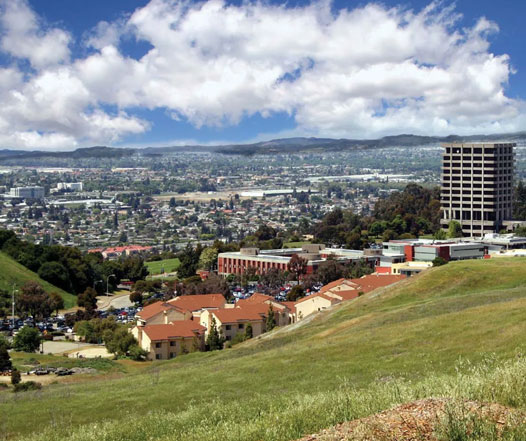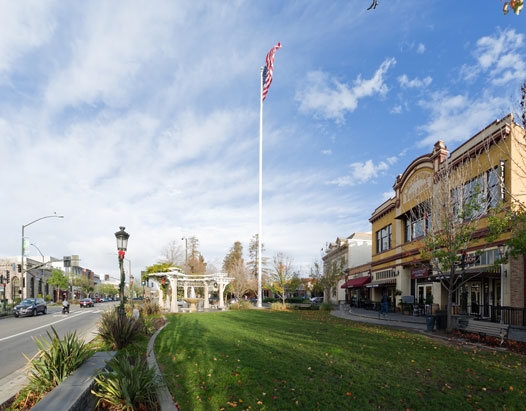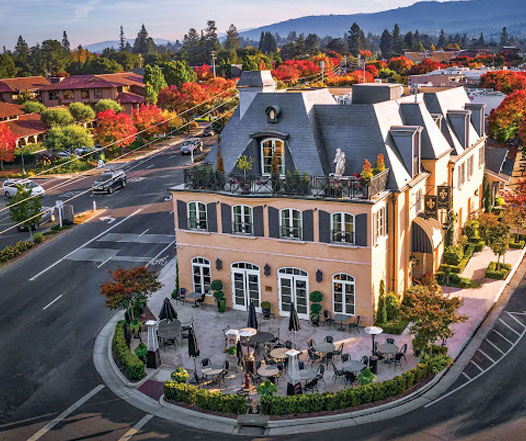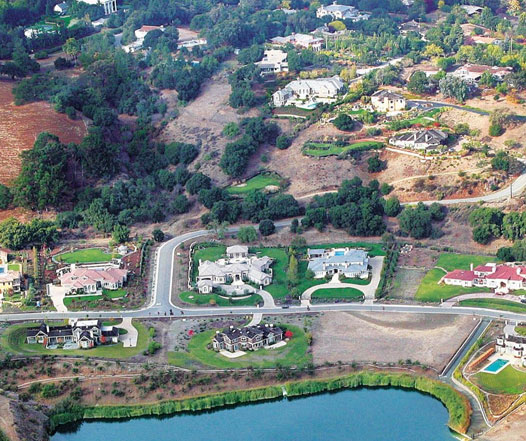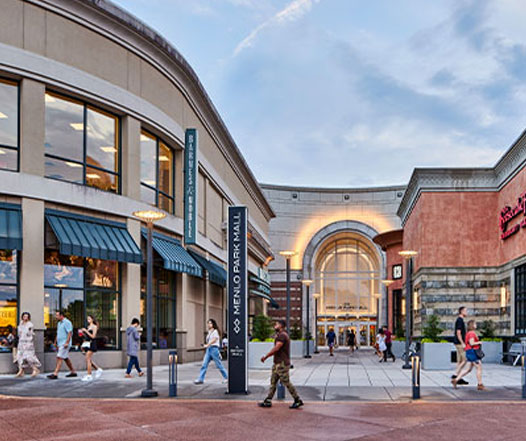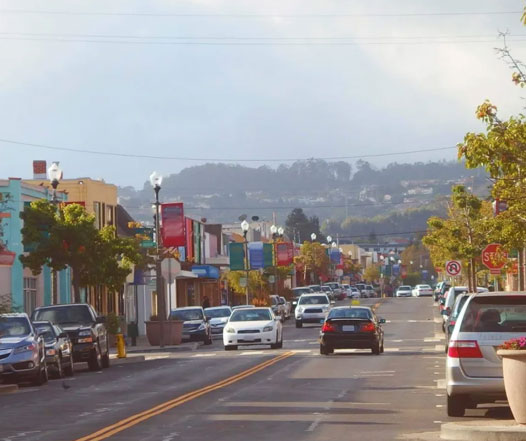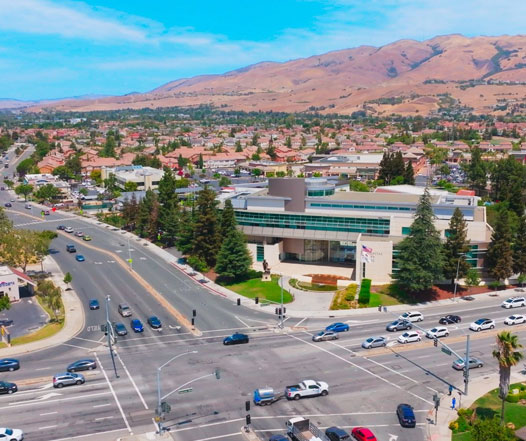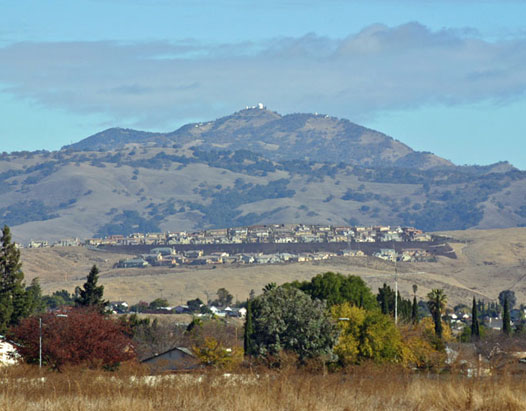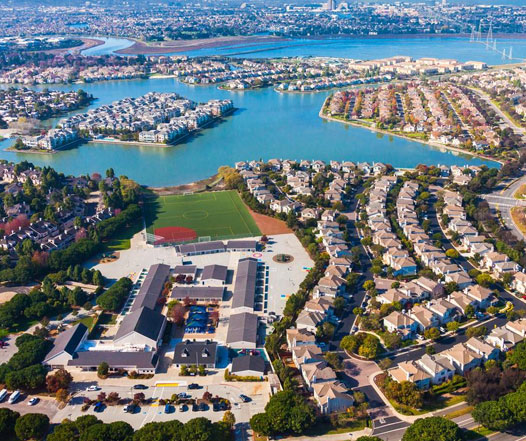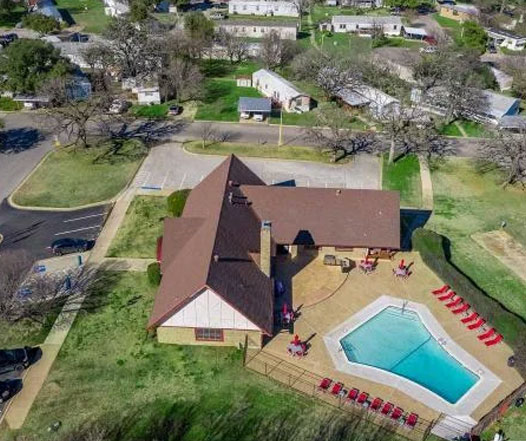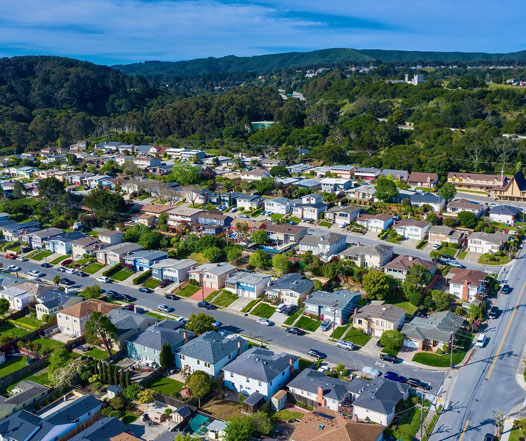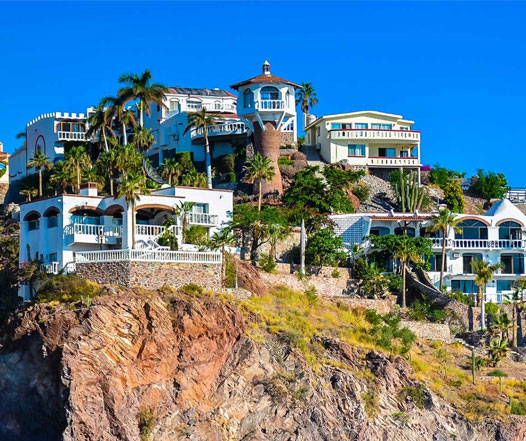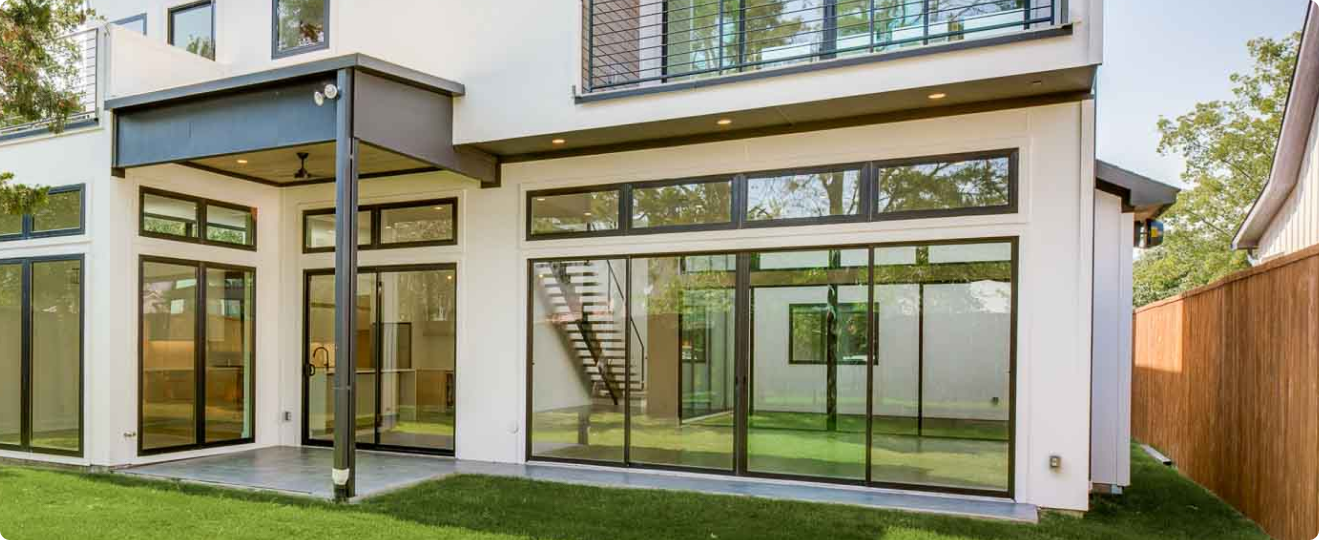
Introduction
Home additions are a great way to make your house bigger and better. Instead of moving to a new place, you can add extra rooms or spaces to your current home. This lets you stay in the neighborhood you love while getting more room for your family. Home additions can be anything from a new bedroom or bathroom to a bigger kitchen or a whole new floor. They’re a smart choice for growing families or people who want more space without the hassle of moving.
Vital Guidelines for Home Additions in Cupertino
What is Permissible
Maximum Addition Size
In Cupertino, you can usually add up to 50% of your home’s current size, but check with the city to be sure.
Height Restrictions
Most homes in Cupertino can’t be taller than 30 feet, but this can change based on where you live.
Setback Requirements
Your addition must be a certain distance from property lines. This distance varies depending on your location in Cupertino.
Floor Area Ratio (FAR):
This is how big your house can be compared to your lot size. In Cupertino, it’s usually around 45% for most homes.
Permitting Process Timeline
Standard
For regular homes, getting permits usually takes about 2-3 months, depending on how complex your addition is.
Historic Property
If your home is old or special, it might take 4-6 months to get permits because there are extra checks.
Crucial Zoning Regulations in Cupertino
Zoning rules in Cupertino help keep neighborhoods looking nice and make sure homes aren’t too big or too close together. These rules are important for home additions.
Size Limitations for Home Additions
| Zoning District | Maximum Addition Size | Notes |
| R1 (Single-Family) | 50% of existing home | Up to 2,000 sq ft total |
| R2 (Two-Family) | 40% of existing home | Up to 1,500 sq ft total |
| R3 (Multi-Family) | 30% of existing home | Up to 1,000 sq ft total |
Height Limitations
- Single-family zones: Houses in these areas can usually be up to 30 feet tall, which is about two stories high.
- Multi-family zones: Buildings in these areas can often be taller, usually up to 35 or 40 feet, depending on the specific zone.
Building Coverage Rules
Your house and addition can’t cover more than 40% of your lot in most areas. This leaves room for your yard.
Location Requirements
- Front additions: These must be at least 20 feet from the street in most areas to keep the neighborhood looking nice.
- Side additions: You usually need to leave 5-10 feet between your addition and the side of your property.
- Rear additions: Most rear additions need to be at least 15 feet from the back of your property line.
Exterior Details
Your addition should match your existing house in style and colors to keep your neighborhood looking good.
Parking
If you add bedrooms, you might need to add parking spaces. Usually, you need two covered parking spots for each home.
Guidelines for Obtaining Permits for Home Additions in Cupertino
Before you start building, you need to get permits. This makes sure your addition is safe and follows all the rules.
| Permit Type | Description | Estimated Fee |
| Building Permit | Main permit for construction | $500 - $2,000 |
| Plan Check Fee | For reviewing your plans | $300 - $1,500 |
| Electrical Permit | For new wiring and outlets | $100 - $500 |
| Plumbing Permit | For new pipes and fixtures | $100 - $500 |
| Mechanical Permit | For heating and cooling | $100 - $500 |
| Planning Review | To check zoning rules | $200 - $1,000 |
| School Impact Fee | Helps local schools | $2 - $4 per sq ft |
Property Compliance Requirements
Your property needs to follow certain rules even after the addition. These rules help keep the neighborhood nice for everyone.
Parking
You might need to add parking spots if you add bedrooms. Usually, you need two covered spots for each home.
Setbacks
Your addition can’t be too close to your property lines. This leaves space between houses and keeps privacy.
Open Space and Yards
You need to keep some of your lot as open space or yard. This gives you outdoor area to enjoy.
Eligible Properties for Home Additions
To determine your property’s eligibility for a home addition: Check with Cupertino’s planning department. They can tell you if your property is zoned for additions and what rules apply to you.
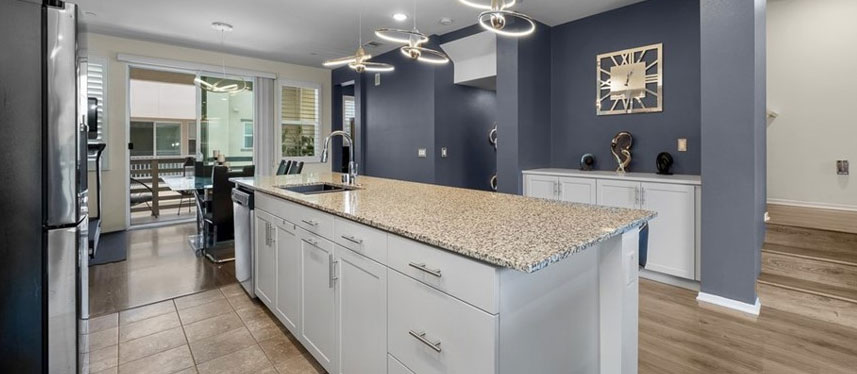
Other General Plan designations that may allow home additions:
- Low-Density Residential: These areas usually allow bigger additions, often up to 50% of your current home size.
- Medium-Density Residential: You can still add on, but the size might be limited to about 40% of your current home.
- Mixed-Use: Some mixed-use areas allow home additions, but there might be stricter rules about size and style.
Development standards
Single-family Homes
These usually have the most flexible rules for additions. You can often add up to 50% of your current home size.
Multi-family Properties
Adding to these is trickier. You might be limited to smaller additions or changes that don’t add new units.
Historic Properties
If your home is very old or special, you’ll need to follow extra rules to keep its historic look.
Property Designations
- Flood Zones: If you’re in a flood zone, you might need to build your addition higher off the ground to prevent water damage.
- Liquefaction Zones: These areas might shake more in earthquakes. Your addition might need extra strong foundations to be safe.
- Historic Districts: If you live in a historic area, your addition needs to match the old-time style of the neighborhood.
- Coastal Zone: Cupertino isn’t on the coast, so you don’t need to worry about coastal zone rules for your addition.
Summary
Adding to your Cupertino home can be an exciting project! It lets you create more space without moving. Remember to check all the rules, get the right permits, and follow the guidelines. This way, you’ll end up with a beautiful addition that fits your needs and follows all the city’s rules. With some planning and patience, you can turn your current house into your dream home right where you are.
FAQs
Yes, you can often add a second story to a single-story home in Cupertino. But there are some things to think about. First, check if your home is strong enough to hold another floor. You’ll also need to make sure the new height doesn’t go over the city’s limits, which is usually 30 feet for most homes. Remember, adding a second story is a big job and you’ll need special permits.
The time to finish a home addition can be different for each project. But usually, it takes about 3 to 6 months. This includes getting permits, which can take 2-3 months. The actual building might take 1-3 months, depending on how big your addition is.
While it’s not always required, it’s a good idea to match your addition to your existing home. This makes your house look better and can even help it be worth more money. In some areas of Cupertino, especially historic districts, you might have to match the style. Even if you don’t have to, using similar colors, materials, and design can make your addition look like it was always part of your home.
The distance you need to keep from your property line is called a “setback”. In Cupertino, setbacks are different depending on where your property is and what kind of addition you’re building. Usually, you need to stay at least 20 feet from the front of your property, 5-10 feet from the sides, and 15 feet from the back.
You might need to add more parking if your addition includes new bedrooms. In Cupertino, most homes need to have two covered parking spaces. If your addition makes your home bigger but doesn’t add bedrooms, you might not need more parking.
In many cases, you can stay in your house during a home addition. It depends on how big the addition is and where it’s being built. If you’re adding a room at the back of your house, for example, you might be able to stay. But if you’re doing a big remodel or adding a second story, you might need to move out for a while.
Building without permits is a bad idea and can cause big problems. If the city finds out, they can make you stop building and even tear down the new part. You might have to pay fines, and it can be hard to sell your house later because the addition isn’t “official”. It’s always better to get the right permits first, even if it takes more time.
Yes, you can add solar panels to your home addition in Cupertino. In fact, California has rules that say new buildings and big additions often need to have solar panels. When you’re planning your addition, think about where solar panels could go. You might be able to put them on the new roof you’re building.
While there aren’t direct tax benefits just for doing a home addition, there can be some financial plusses. If you add energy-saving features like better insulation or efficient windows, you might qualify for energy tax credits. Also, a home addition can increase your home’s value.
In many cases, you can use part of your home, including a new addition, as a home office in Cupertino. The city allows “home occupations” which are small businesses run from home. But there are rules. Your business shouldn’t change how your house looks from outside, and you can’t have employees coming to work at your house.
Yes, there are special rules for adding a pool or spa in Cupertino. These are considered separate projects from a regular home addition. You’ll need a specific permit for the pool or spa. There are safety rules you must follow, like having a fence around the pool area. The fence usually needs to be at least 5 feet tall.

